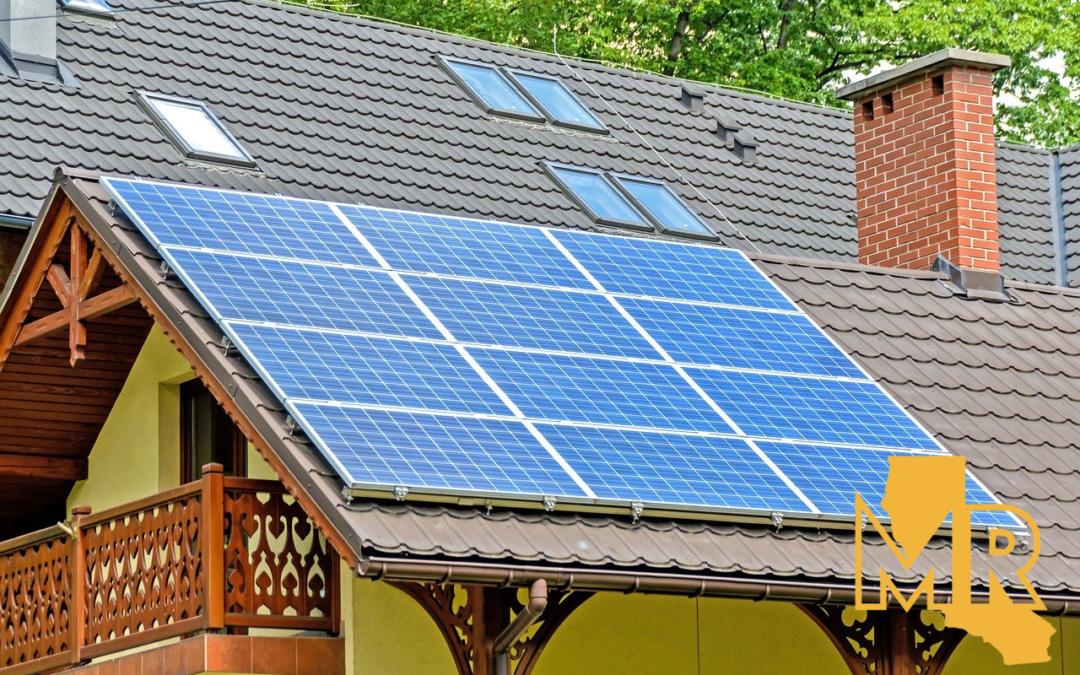Adding solar panels to your home’s roof can dramatically reduce your electricity bills, though the initial investment may be substantial. It’s important to do your research before diving in to make sure that investment will pay off sooner rather than later.
- Look for incentive programs. There is a federal tax credit for homeowners who install a solar photovoltaic (solar) system before December 31, 2023. It’s a 26% tax credit if you install before December 31, 2022, and 22% for the following year. Your state may offer a rebate or tax credit, and your local utility may also offer rebates. Learn more about the federal tax credit at energy.gov/eere/solar/
homeowners-guide-federal-tax- credit-solar-photovoltaics - Get competitive bids. The Energy Sage site (energysage.com/) lets you see multiple bids from solar providers. There are more than 500 companies in the site’s database, all of which have been pre-screened.
- Use the solar calculator. EnergySage also has what it calls a “Solar Calculator” (energysage.com/solar/
calculator/), which gives you an estimate of what your potential monthly savings might be if you added solar panels to your house based on your current monthly electric bill. - Consider leasing. Buying outright is increasingly popular with homeowners, but leasing solar panels is also an option. With a lease, you don’t pay for the system or its installation. Instead, you pay a monthly leasing fee to the installation company.
If you end up generating more energy than your house consumes, some states even allow you to sell some of that energy back to the grid. Once you’ve calculated your monthly savings and gotten a bid, you can see how long it will take until you recoup your upfront costs.



